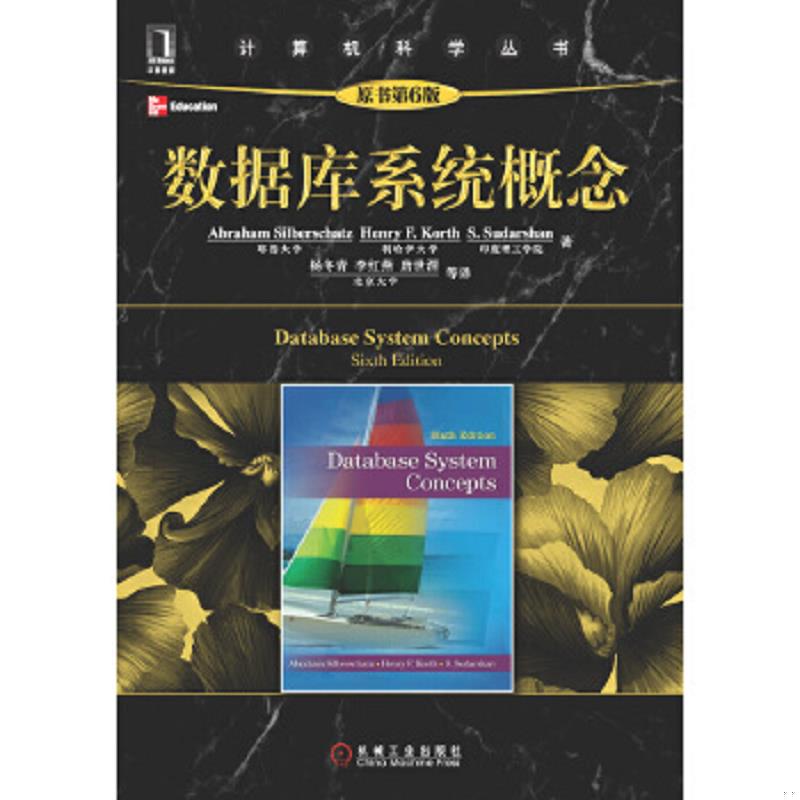count having
select * from nayi224_180824 t where (t.col_2, t.col_3) in (select t1.col_2, t1.col_3 from nayi224_180824 t1 group by t1.col_2, t1.col_3 having count(1) > 1)
| COL_1 | COL_2 | COL_3 |
|---|---|---|
| 1 | 2 | 3 |
| 1 | 2 | 3 |
| 5 | 2 | 3 |
要查两次表,效率会比较低。不推荐。
count over
select * from (select t1.*, count(1) over(partition by t1.col_2, t1.col_3) rn from nayi224_180824 t1) t1 where t1.rn > 1;
| COL_1 | COL_2 | COL_3 | RN |
|---|---|---|---|
| 1 | 2 | 3 | 3 |
| 1 | 2 | 3 | 3 |
| 5 | 2 | 3 | 3 |
只需要查一次表,推荐。
删除所有重复的行
delete from nayi224_180824 t where t.rowid in ( select rid from (select t1.rowid rid, count(1) over(partition by t1.col_2, t1.col_3) rn from nayi224_180824 t1) t1 where t1.rn > 1);
就是上面的语句稍作修改。
删除重复数据并保留一条
分析函数法
delete from nayi224_180824 t where t.rowid in (select rid
from (select t1.rowid rid,
row_number() over(partition by t1.col_2, t1.col_3 order by 1) rn
from nayi224_180824 t1) t1
where t1.rn > 1);拥有分析函数一贯的灵活性高的特点。可以为所欲为的分组,并通过改变orderby从句来达到像”保留最大id“这样的要求。
group by
delete from nayi224_180824 t where t.rowid not in
(select max(rowid) from nayi224_180824 t1 group by t1.col_2, t1.col_3);牺牲了一部分灵活性,换来了更高的效率。
以上就是oracle如何去除重复数据的详细内容,更多文章请关注木庄网络博客!
相关阅读 >>
更多相关阅读请进入《oracle去重》频道 >>

数据库系统概念 第6版
本书主要讲述了数据模型、基于对象的数据库和XML、数据存储和查询、事务管理、体系结构等方面的内容。




